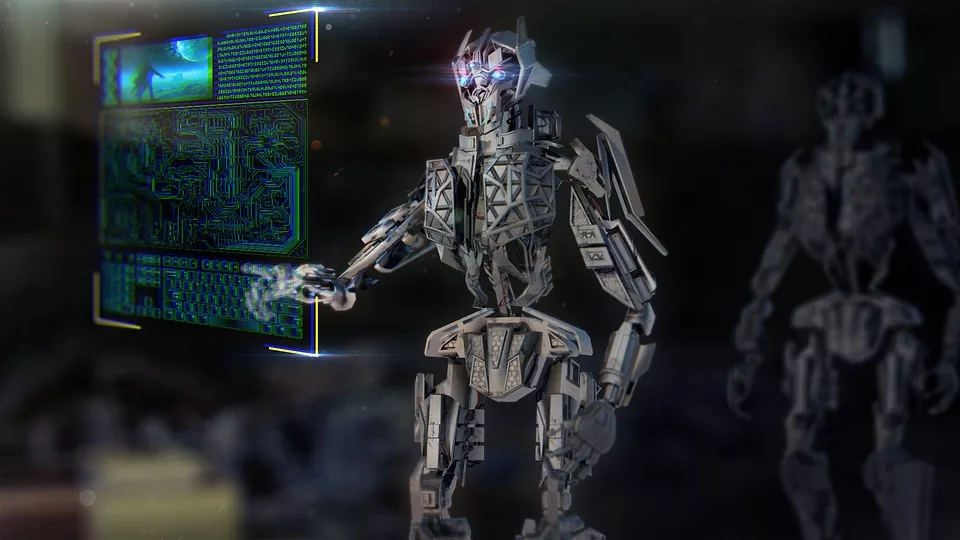Implementing AI security solutions: A crawl-before-you-run strategy

In navigating the shift from burglar alarms to digital security systems, many organizations are adopting artificial intelligence (AI) to bolster their security postures. In fact, a large majority of security operation centers (SOCs) employ AI and machine learning tools to detect advanced threats. However, not all AI is created equal and reaching too high too quickly with technological solutions can leave security teams with unclear or inefficient workflows. To get the most out of new technologies, security practitioners should focus on starting small with foundational AI technologies in order to lay the groundwork for a more reliable and mature security system.
It’s important to keep in mind that AI technology is still maturing every day. New AI tools for security, often related to computer vision and surveillance camera analytics, are continually surfacing on the market. Often many organizations feel pressured to try the “latest and greatest” and end up testing expensive solutions that don’t deliver what they promise, which turns them off to using AI entirely.
In some cases, too-advanced systems can provide a lower ROI
In most fields these promises are easy to see through and organizations quickly become savvy to vendors that overpromise and underdeliver. For example, there is no AI that comes close to being able to flag “suspicious people,” and this also opens the doors for privacy and ethical issues.
Retail is one industry where organizations feel pressure to buy the most advanced security solutions such as shoplifting detection. Technologies like Amazon Go and Standard Cognition make it possible to track every piece of merchandise in a store and reliably detect when a person leaves with items they did not pay for.
But this type of technology is extremely difficult and expensive to adopt, as it involves installing thousands of new hardware devices throughout stores, not to mention the added cost of servers, cloud computing power and software. Few retailers are able to stomach the high costs of advanced loss-prevention systems, and will often simply give up on AI-based security entirely and miss out on opportunities to start small and build up.
While shoplifting detection systems that use more limited hardware exist, they could fall short of performance expectations and may be plagued with false positives and false negatives. At best, they require dedicated staff to install, tweak and monitor the systems, which can be a heavy lift for organizations taking their first steps into AI-powered security. As a result, firms end up frustrated and fail to explore alternative AI-solutions that can provide more realistic outcomes for less time and money investment.
Start small with threat detection and occupancy tracking
In general, organizations looking to leverage AI to improve security should learn to crawl before they run. Before starting to sprint toward more advanced AI solutions such as facial recognition or shoplifting detection, security teams should try to use simpler techniques to address persistent issues.
For example, it’s easy for facilities and building security teams to leverage intruder detection sensors to identify after-hours thefts or use loitering detection on existing cameras to identify people lingering for too long outside buildings or facilities. Even hardware sensors for counting occupancy can be a good first step to the adoption of new security tech. There is over $150 billion in unused office space globally. The insights and trends surfaced from occupancy tracking can help building managers assess space utilization in order to make better decisions that minimize costs. This is especially helpful for adapting to changing office needs in a post-pandemic world. For example, managers may decide to keep only certain areas of a building lit instead of an entire floor.
In another example, the construction industry must ensure that workers are wearing personal protection equipment (PPE) like hard hats at all times, but they don’t always comply. Each year, there are 9,000 accidents that come about due to the use, maintenance and failure to use the PPE that’s appropriate for the task at hand, according to Health and Safety Executive (HSE). Security cameras equipped with AI-powered computer vision software can help staff continuously monitor PPE usage on the job and instantly security and safety staff to a violation. With worksite injuries costing the construction industry a staggering $11 billion in direct costs and lost productivity annually, creating a safer work environment is critical. AI also dramatically improves the “signal-to-noise” ratio, allowing operators to rapidly search for and pull up frames of detected incidents on multiple cameras at once, saving dozens of operator-hours per month.
All of these approaches provide a clear, measurable return on investment. And most critically, adopting simpler AI systems gives security teams practice in interfacing with this new type of technology, improving their capabilities and comfort level once the time does come to make the jump to more sophisticated systems.
Man and machine working together
That said, organizations hoping to leverage AI to improve security operations and building management need to acknowledge the realistic capabilities of the technology. AI can detect specific actions and objects, but there’s no AI in development that is even close to being able to replace security personnel. AI can indicate that an object looks like a weapon or that someone is loitering, but it still can’t understand the context around situations. To get the most out of their AI technology investments, organizations should always keep in mind that the data it delivers is just a tool that requires human reasoning to deliver outcomes.
Looking for a reprint of this article?
From high-res PDFs to custom plaques, order your copy today!








